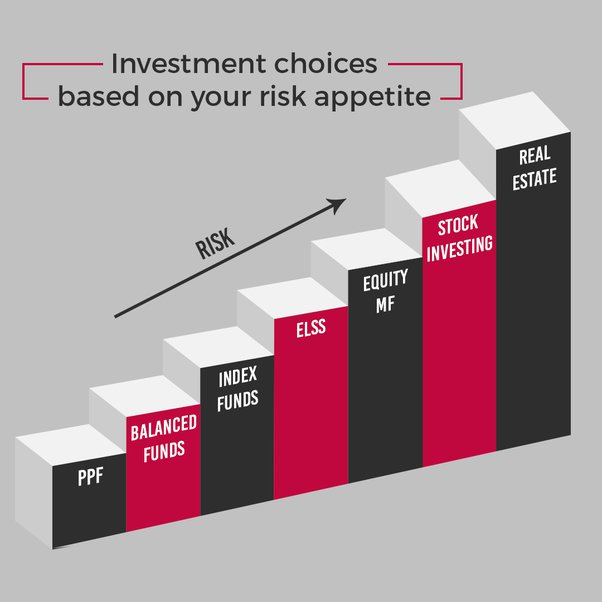Introduction
Balanced funds are mutual funds that invest in a diverse range of assets across various risk levels. The aggressiveness, moderation, or conservatism of this species is possible. A wide variety of balanced funds are available, each with its blend of active and passive management strategies. The most diversified funds can be held in a portfolio for decades. It's reasonable to assume that the top balanced funds share the same key traits as other mutual fund categories. Only no-load funds with low expense ratios should be considered when making an index fund investment. Although many excellent balanced funds charge very little in fees, actively managed funds are more likely to have higher expense ratios than other types of funds.
Balanced Funds for the Long-Term
For investment horizons of one to five years, conservative allocation funds are a good option. Mutual funds, especially balanced funds, perform best when invested for a lengthy period (10 years or more). Here are some long-term investments that should be considered for purchasing.

Vanguard Wellesley Income (VWINX)
It's been over 40 years since this fund was first created. If you're looking for a conservative allocation fund, this one is among the best options. VWINX is a portfolio that has an allocation of roughly 60% bonds and 35% - 40% stocks. The rest is a cold hard cash sum.
Wellesley beats at least 90% of competing for conservative allocation funds over three, five, and 10-year periods. Average returns are close to 7%, which is on par with many stock-only funds. This product has a minimum initial investment of $3,000 and an expense ratio of 0.23%.
Vanguard Wellington (VWELX)
This fund has been operational since 1929. Any investment in this fund is still a wise choice. VWELX is regarded to have a moderate allocation because it invests roughly 65% in stocks and 32% in bonds. The starting investment amount is $3,000, and the charge ratio is 0.25%.
Vanguard Balanced Index (VBINX)
The Vanguard Balanced Index Fund (VBINX) is the best option for investors seeking a low-cost, load-free index fund with a diversified mix of equities and bonds. VBINX is a compelling addition to any diversified portfolio thanks to its low expense ratio of 0.18% and its 60/40 stock/bond split. It can also be used as a stand-alone investment by inexperienced traders. The average long-term return has been between 6% and 8%. A quality fund with a moderate amount of risk, this is. Initial funding must be at least $3,000. 4
Vanguard STAR (VGSTX)
Unlike many of Vanguard's other funds, this one has a low entry point of just $1,000. Investors call this investment vehicle a "fund of funds" because all the funds are combined into one large portfolio. The STAR Fund is a great option for people who are just getting started with investing or searching for a solution comprising a single fund because it invests in ten distinct Vanguard funds. This investment has an expense ratio of 0.31%.
Fidelity Balanced (FBALX)
The FBALX portfolio is one of the most diversified investment options currently on the market. For a moderate allocation, at least 60% of its assets are placed in stocks and 25% in bonds. All remaining money is in cash. With a history of beating its peers, FBALX is an actively managed fund that has proven itself to be a winner. Long-term, you can expect returns of at least 7%. There is no starting capital requirement, and the expense ratio is a low 0.53 percent. 6
T. Rowe PRSIX
The fund's portfolio is actively managed and consists of a wide variety of assets, including stocks (about 40%), bonds (about 55%), and cash (about 15%). Five percent more is put into non-traditional investments. The distribution of income is the primary aim of the fund, with the growth of its capital a secondary goal. The expense ratio is 0.62%, and the minimum initial investment is $2500. This actively managed fund has the potential to provide superior returns with low volatility. About 30% is in liquid assets like cash and bonds, while the remaining 70% is invested in stocks and other equity. 8 Due to the current market climate, you should expect below-average short-term outcomes. The minimum opening investment is $1,000, and the expense ratio is 0.68 percent.

Conclusion
Before putting money into a balanced fund, ensure you fully understand the underlying product. It would be best to look into the products the fund has invested in to ensure they are suitable for the risk tolerance and investment horizon you have in mind. Someone seeking a risk-free investment would be wise to steer clear of a balanced fund that puts a large portion of its money into midcap stocks and extended-duration bonds. A balanced fund could be a good option if you want to invest your money to keep it secure over the long term. These funds typically invest in large-cap firms and bonds with strong credit ratings. In addition, you can examine the funds' return records to locate a fund that has a better chance of providing consistent returns.
watch next


